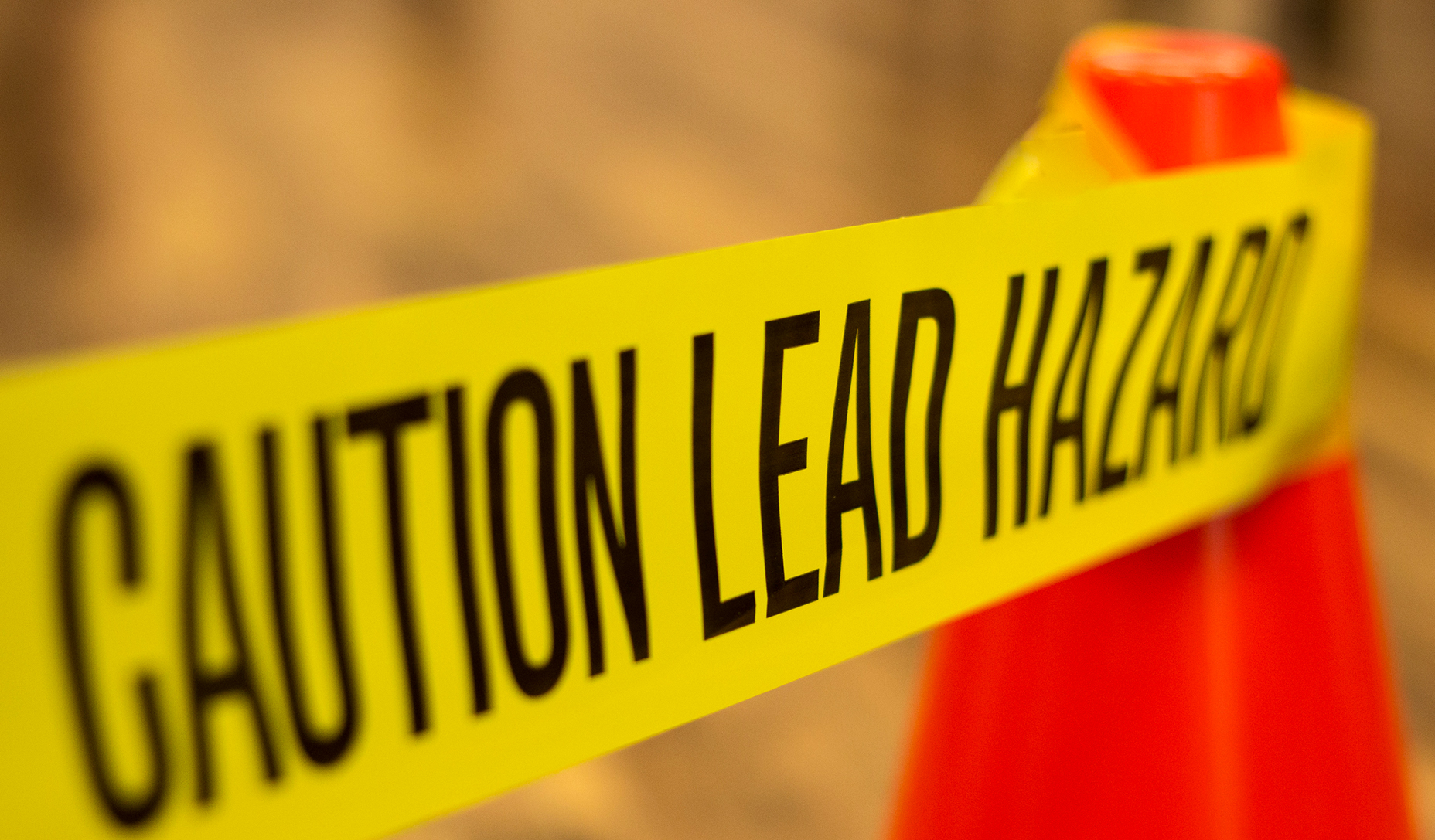HEAVY METAL MENACE
Lead poisoning responsible for 21% of educational differences between poor and rich countries – study

New research shows that lead poisoning is hindering children’s mental development and dragging down their school marks in subjects like maths. The problem is overwhelmingly concentrated in poorer countries, including South Africa.
In 2019, only 14% of 10-year-olds in sub-Saharan Africa were able to read and understand a simple sentence. In high-income countries (including nations like the US and Japan) the figure was 92%. But what accounts for these huge educational disparities across different regions?
A new working paper by the Centre for Global Development (CGD) finds that the answer goes a lot deeper than just schooling quality – down to the toxins children in different countries consume and breathe in.
In particular, exposure to lead, a toxic heavy metal that can hinder brain development when consumed by children, is far more widespread in poor and middle-income countries than in wealthier nations, where anti-lead laws are strictly enforced and enormous amounts of money are spent on removing lead pipes and paint.
The CGD research estimates that more than half of all children in low-income countries have enough lead in their blood to meet the clinical threshold for lead poisoning.
When a child consumes lead, the metal is transported via the bloodstream to various organs, including the brain, where it can wreak havoc on mental development. As a result kids who are more exposed to lead often have greater difficulty paying attention, problem-solving or learning new information.
The CGD research, which was published in July, estimates that more than half of all children in low-income countries have enough lead in their blood to meet the clinical threshold for lead poisoning. Among children in high-income nations, that figure is just 2%.
Lee Crawfurd, the lead-author of the new CGD paper, explains: “When you look at Flint, Michigan [where lead was found in drinking water]… that caused a big national scandal in the US… Yet the levels of lead that people had in their blood in Flint were lower than they are in most of Africa”.
The CGD research reviews and aggregates 47 studies to show that lead exposure in children is associated with large reductions in test scores in subjects like maths and reading.
It finds that if low- and middle-income countries were to lower the amount of lead to which children are exposed to the US level, it would close 21% of the gap in school test scores between these poorer nations and high-income countries.
Study shows that the average child in South Africa is lead poisoned
In South Africa, children can become exposed to lead in a number of ways. For instance, research in Soweto from 2022 found that the closer people live to mining waste facilities (which contain a host of toxic metals), the more lead they have in their blood.

Lead poisoning is responsible for 21% of educational differences between poor and rich countries. (Photo: iStock)
Government failure to establish buffer zones between these waste sites and residential areas means dust containing lead can contaminate the air people breathe, or can leak into garden soil, where it can make its way onto children’s hands and mouths. It may also contaminate fruits and vegetables.
It’s for reasons like this that lead poisoning is so pervasive among South African children. To meet the clinical threshold for lead poisoning a person must have at least five micrograms of lead per 100 millilitres of blood. A 2021 study published in The Lancet Planetary Health estimated that the average under-18-year-old in South Africa had 5.59 micrograms. By contrast, in the US, less than 2% of kids aged 0 to 11 meet the threshold for lead poisoning.
Aside from mining waste, contributors to the problem include the country’s lax laws on paint, to which lead is sometimes added to make it more shiny and durable. A 2009 study found that almost half the paint samples taken from playground equipment across three South African cities contained dangerous amounts of lead – meaning mouthing toddlers may end up consuming paint chips or breathing in lead dust.
South Africa’s laws prohibit commercial paint that is more than 0.06% lead. Despite this being more than six times the threshold recommended by the United Nations Environment Programme, South African Health Department inspectors routinely find paint above this level – with zero consequences for the offending producer.
Read more in Daily Maverick: Deadly weights – lead fishing tackle is causing St Lucia’s crocs to lose teeth and suffer anaemia
And while 2021 draft regulations were supposed to cut the limit for lead in paint down to the internationally recommended level, it’s unclear when these will become law. Health Department spokesperson Foster Mohale says “the regulations are undergoing internal processes which includes [sic] technical inputs received during public comments”. After this time, Mohale says the regulations will be vetted to ensure they are consistent with national laws, before they can be signed off by the minister.
In the meantime, generating urgency around the issue remains a difficult task: “Unless you’re really acutely poisoned, this isn’t something that’s visible,” explains Crawfurd, “if you’re losing five IQ points [due to lead poisoning] it’s not immediately apparent to anyone that that’s happening, but on a population level that makes a really big difference for education.” DM




















 Become an Insider
Become an Insider
Did they trace actual lead in the poorly performing students? Else it is just confused correlation. I may as well conclude that fatter children are smarter because those in rich countries perform better. what? Contractors paint playgrounds of rich kids with safe paint but poor kids get extra lead???? Next we will hear that our pathetic education outcomes in SA are the fault of western imperialistic capitalist lead in those colonial schools from the last century. NOTHING to do with the education system of course.
The CGD analysis only includes one paper from sub-saharan africa – from Nigeria in an artisinal mining community with high lead exposure. The IHME Global Burden of Disease estimates that the CGD report also bases its analysis on, contains evidence that is not entirely clear. South Africa has the same risk as Australia in the IHME GBD estimates! What this tells me is that South Africa desperately needs better surveys of young children to estimate national burden of disease. Measuring lead in young children is cheap and easy using a point of care device. Lead is terribly toxic to the foetal and child’s brain. We need a survey process to better understand current exposure risk.
This article is embarrassing.
Show me all these children that are gnawing on their playground equipment.
If there really are high levels of lead then then the source is from somewhere else.
Lead pipes? Where are all these lead pipes? They might exist in very old homes, but these children live in shacks or homes built in the 21 st century.